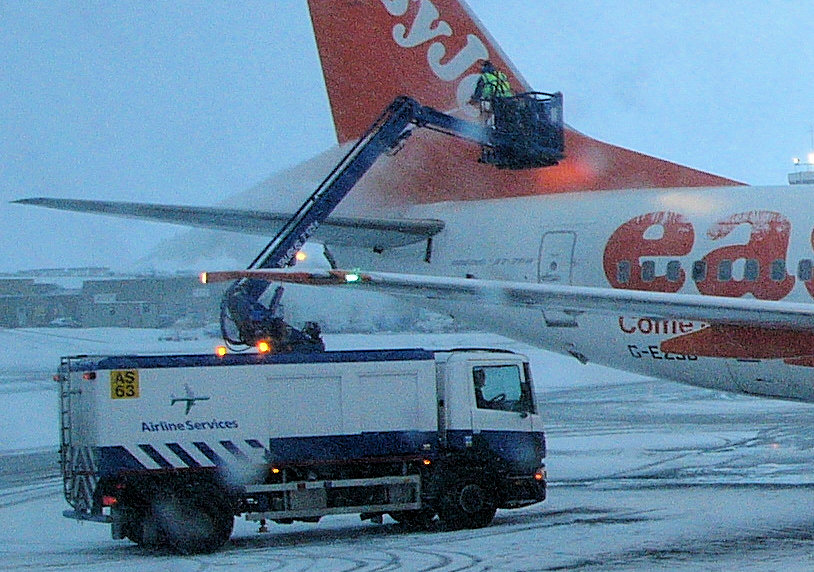 737NG SAIB Issued for Stab position setting during de-icing
737NG SAIB Issued for Stab position setting during de-icing
Contents
08 Aug 2016 - FAA issues Special Airworthiness Information Bulletin for 737NG for procedural changes for horizontal stabilizer position settings during de-icing.
FAA have issued a Special Airworthiness Information Bulletin (SAIB NM-16-21) following an uncommanded pitch-up event after intercepting the glide slope during a normal approach. The incident referred to is believed to be the Norwegian Air Shuttle 737-800, LN-DYM, which almost stalled on an autopilot coupled ILS approach to Kittilä (EFKT) in Finland on 26 December 2012. The AIBN's investigation concluded that de-icing fluid had ingressed the tail section and frozen on three or four of the input cranks for the aircraft's two elevator Power Control Units (PCUs) and thus prevented them from functioning as intended.
The SAIB draws operators attention to procedural changes in the FCOM and AMM to reduce the amount of fluid that can enter the tail cone through the elevator linkage side cutout.
The FAA has said that "At this time, the airworthiness concern is not an unsafe condition that would warrant AD action"
All of the information, photographs & schematics from this website and much more is now available in a 374 page printed book or in electronic format.
*** Updated 05 Aug 2023 ***


